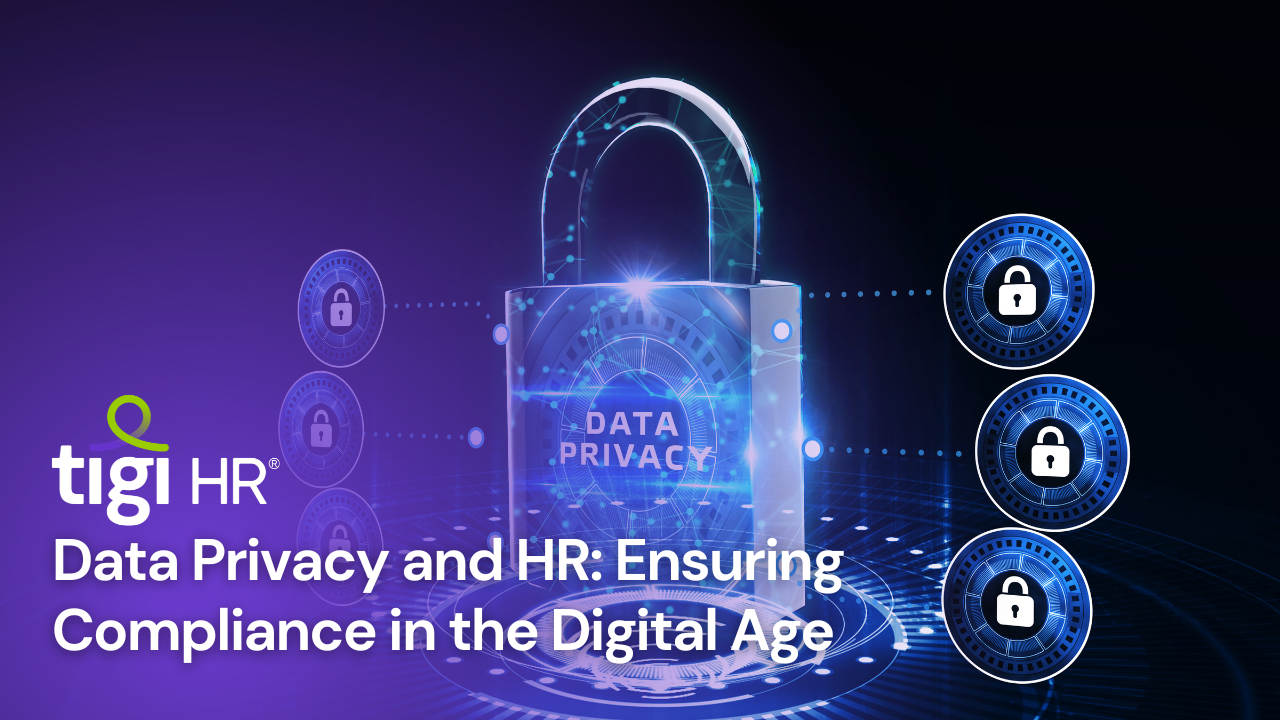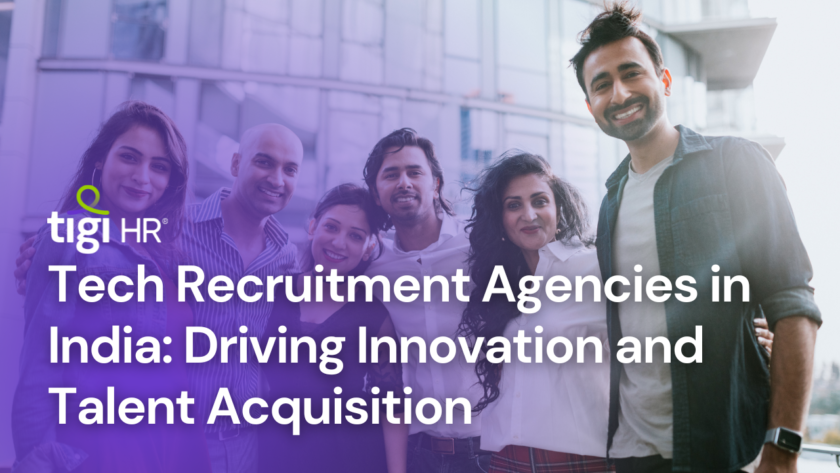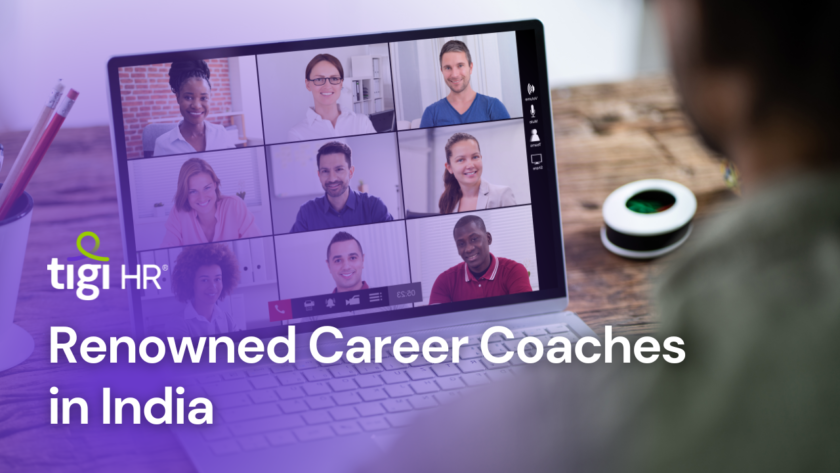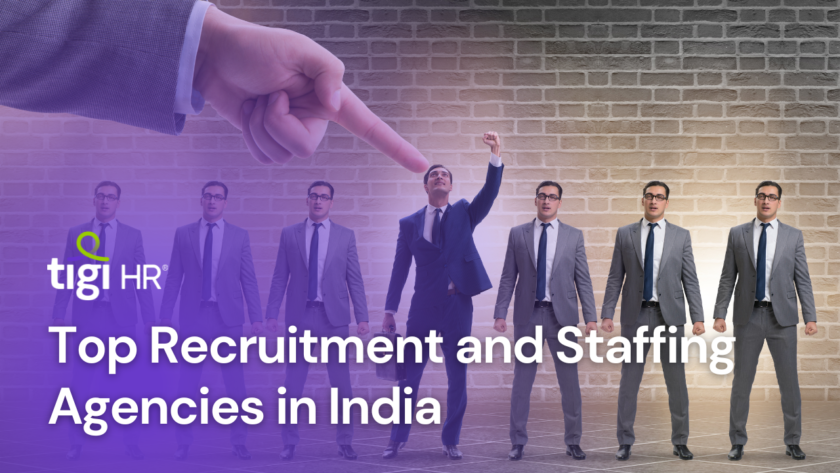In today’s digital age, where data is the lifeblood of businesses and organizations, the responsibility of safeguarding data privacy has become paramount. This holds especially true for Human Resources (HR) departments, which handle sensitive employee information. Ensuring compliance with data privacy regulations is not only a legal requirement but also crucial for maintaining trust and credibility. In this article, we will explore the key aspects of data privacy and HR and how to ensure compliance while maintaining SEO-friendly and plagiarism-free content.
Understanding Data Privacy and HR
Data privacy in HR refers to the protection of personal and sensitive employee data, including but not limited to names, addresses, Social Security numbers, medical records, and performance evaluations. This information is often collected, processed, and stored electronically, making it susceptible to data breaches and cyberattacks.
The Legal Landscape
To ensure data privacy compliance in HR, it’s crucial to be aware of the legal framework. Laws such as the General Data Protection Regulation (GDPR) in the European Union and the Health Insurance Portability and Accountability Act (HIPAA) in the United States set strict guidelines for the collection and handling of personal data. Failure to comply with these regulations can result in hefty fines and damage to an organization’s reputation.
Steps to Ensure Data Privacy Compliance in HR
Data Inventory: Start by identifying all the personal data your HR department collects and processes. Create a comprehensive inventory to understand what information you have, where it’s stored, and who has access to it.
Data Minimization: Collect only the data that is necessary for HR purposes. Avoid collecting excessive information that is not relevant to the employment relationship.
Consent: Obtain clear and informed consent from employees before collecting their data. Clearly explain how the data will be used and for what purposes.
Security Measures: Implement robust security measures to protect employee data from unauthorized access. This includes encryption, secure storage, and access controls.
Data Retention Policies: Define clear data retention policies to determine how long employee data will be stored. Delete data that is no longer needed.
Training and Awareness: Educate HR staff on data privacy best practices and the importance of compliance. Conduct regular training sessions to keep everyone informed about the latest developments in data privacy.
Regular Audits: Conduct regular audits of your data privacy practices to ensure ongoing compliance. Identify and rectify any vulnerabilities or non-compliance issues.
SEO-Friendly Content
Now, let’s explore how to keep this article SEO-friendly:
Keyword Research: Identify relevant keywords related to data privacy in HR. Use tools like Google Keyword Planner to find high-search volume keywords and incorporate them naturally into your content.
Engaging Headlines: Craft compelling headlines that include keywords and spark interest. For example, “Protecting Employee Data: A Guide to HR Data Privacy Compliance.”
Quality Content: Ensure that your content is well-researched and provides value to your readers. High-quality content is more likely to rank well in search results.
Use Subheadings: Organize your content using subheadings to make it scannable and easier to read. Search engines appreciate well-structured content.
Internal and External Links: Include relevant internal links to other articles on your website and external links to authoritative sources. This can improve your site’s credibility and SEO.
Optimize Images: If you include images, make sure to optimize them for the web by compressing and adding descriptive alt text.
Mobile Optimization: Ensure that your article is mobile-friendly, as mobile search traffic is significant.
Plagiarism-Free Content
Maintaining originality in your content is crucial. To avoid plagiarism:
Use Plagiarism Checkers: Utilize plagiarism detection tools like Copyscape or Grammarly to verify the uniqueness of your content.
Cite Sources Properly: If you use information or ideas from other sources, always provide proper citations and attribute the content to its original author.
Rewrite and Paraphrase: When using information from other sources, rephrase it in your own words to avoid direct copying.
Check for Self-Plagiarism: Ensure that you are not recycling your own content without proper citation, as this can also be considered plagiarism.
In conclusion, data privacy in HR is a critical concern in the digital age, and ensuring compliance is essential to protect both employees and organizations. By following legal guidelines, implementing best practices, and creating SEO-friendly, plagiarism-free content, HR departments can navigate the complex landscape of data privacy successfully.
Top 30 Recruitment Strategies to Attract and Hire Top Talent in The World of AI
In a competitive talent landscape, implementing effective recruitment strategies is crucial for attracting and hiring top talent. By utilizing a combination of digital platforms, personalized communication, employer branding, and data analytics, organizations can enhance their recruitment processes and secure the best candidates for their teams. Stay adaptable and continuously evaluate the success of your strategies to ensure a steady flow of qualified candidates who will contribute to your organization’s growth and success.
Find trusted recruitment agencies : Click here





